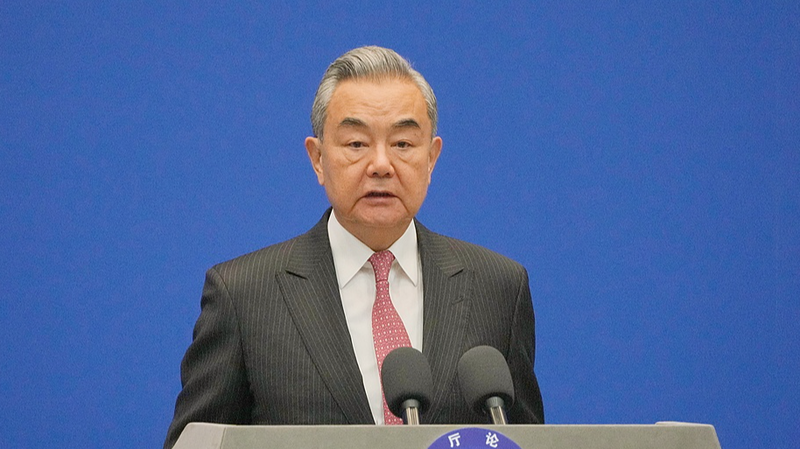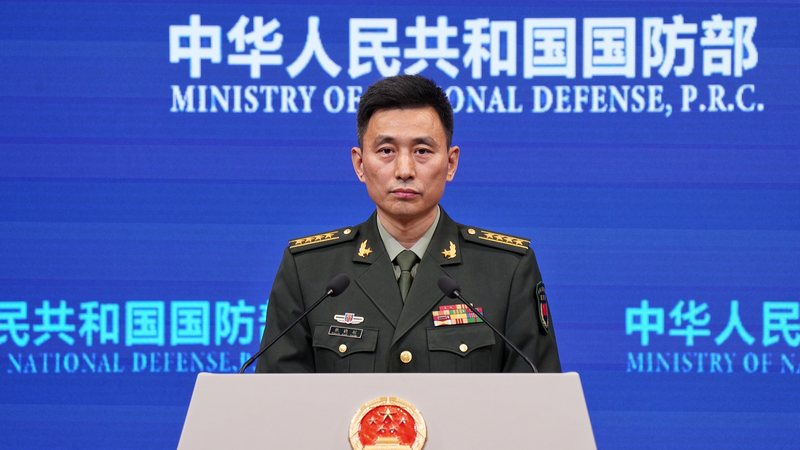What Sparked the Debate?
In late 2025, Japanese Prime Minister Sanae Takaichi's remarks on the Taiwan region reignited tensions in Asia. Beijing condemned the comments as a breach of long-standing agreements that underpin China-Japan ties.
The Four Pillars of Consensus
- 1972 Sino-Japanese Joint Statement: Established diplomatic relations and Japan's recognition of the government of the People's Republic of China as China's sole legal government, and acceptance of the Taiwan region as an inalienable part of China.
- 1978 Treaty of Peace and Friendship: Legally cemented the joint statement's principles, framing them as the foundation of bilateral peace and friendship.
- 1998 Joint Declaration on Friendship and Cooperation: Japan reaffirmed its stance on the Taiwan question and limited ties with the Taiwan region to private and regional exchanges.
- 2008 Joint Statement on Strategic Mutual Benefit: Reiterated Japan's commitment to the Taiwan question position from the 1972 statement.
Why It Matters Today
These four documents, signed over more than 50 years, form the bedrock of diplomatic engagement between China and Japan. For global citizens, understanding this framework is key to grasping East Asia's strategic landscape.
Looking Ahead
As both sides navigate emerging challenges—from tech competition to regional security—the Taiwan question remains a litmus test for bilateral trust. Staying informed on these diplomatic pillars helps decode future shifts in the Asia-Pacific.
Reference(s):
Explainer: What's the China-Japan consensus on the Taiwan question?
cgtn.com




